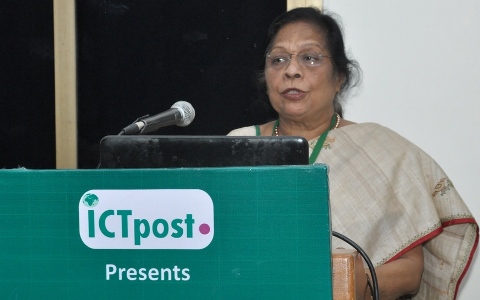By Gunjan Singh ??

Innovation is a wonderful phenomenon.? It leads to all sorts of astonishing products and services like the internet and the tablet PC.? As big an impact these innovations have on our lives, it is in health care that innovation is of existential importance.? To be blunt, innovation in health care matters because most of us will have to face a miserable disease at some point in our lives; and all of us will have to face death.? If we continue to innovate, then one day in the future people may not need to undergo the distress of cancer, heart disease or Alzheimer?s.
Emerging innovations in the delivery of health care, particularly in developing countries, offer insights on how to tackle its rising cost, estimated at $7 trillion a year globally. Health care is consuming an escalating share of income in developed and developing nations alike. Yet innovators have found ways to deliver care effectively at significantly lower cost while improving access and increasing quality. They are uncovering patterns for raising productivity, and leaders across health sectors?public, private, and social?should take heed. With the recent passage of health reform legislation in the United States, for instance, tackling costs is imperative there, but it is also an important goal in every other part of the world.
Disposable incomes are on the rise, increasing sales of white goods. Tax-free agricultural income is also triggering a lot of spending. Market is clearly big. From a healthcare point of view, people are more disease-prone. Most don?t come to cities to spend, so you have to take goods to them at a cost they can afford.
V. Vijay Babu, ceo of Vortex Engineering Pvt Ltd, a Chennai-based company which came up with the first solar-powered atm for rural areas at a fraction of the normal cost, says the rush to innovate is no surprise. ?It is implicit in India?s growth story, where the consumer base is the rural masses. No company can afford not to tap it,? he adds.
The Vortex atm is now being used by the State Bank of India (SBI) in remote areas with intermittent power supply. Banks do not find it viable to set up base in such areas due to overall costs. The ATM, which is the only one that can also dispense soiled notes, costs Rs.2-3 lakh, compared with a conventional one which comes at over Rs.5 lakh. Even in terms of running costs, the Vortex ATM needs about Rs.500 a month whereas an urban ATM goes up to Rs.10,000. Babu, however, cautions that such mass or rural innovations cannot be supplanted with imported ideas. Products for the Indian market have to be designed specifically for that purpose.
Get close to the patient
Innovators can lower distribution costs and improve adherence to clinical protocols by moving the delivery of care much closer to the homes of patients, providing services that take advantage of their established behavior patterns, or both. VisionSpring, an organization that brings affordable eye care to the poor in 13 countries, succeeds because it takes care givers close to patients through a low-cost franchise model. It teaches local ?vision entrepreneurs??members of the mainly poor communities they serve?how to diagnose problems such as presbyopia (an inability to focus on nearby objects) and how to determine what type of mass-produced eyeglass would correct it. The company also provides its entrepreneurs with a ?business in a bag? that contains all the required products and equipment. Distribution costs are low because information, products, and services are standardized, and the model is simple to implement, even if the workforce is relatively unsophisticated.
While every innovator has the potential for a million-dollar idea, hardly 1 per cent make it to the second round, especially for funding. ?Most ideas don?t even go to the second level because ideas are not tested. Most are just rough ideas or have no track record of achievement. We like to invest in ideas that are viable and financially sustainable but also make an impact in rural and semi-urban India,? says P. Pradeep, partner and chief investment officer, Aavishkar, which funds such bottom-of-the-pyramid small innovations, considered risky by conventional financiers. Aavishkar was set up in 2001 and has invested in 23 ideas.
India is missing rigour in impact evaluation. Unbiased evaluation needs large data collection and greater administrative machinery. But that?s limited. And till we do that, India won?t get actual impact numbers. (with Bureau reports)
editor@ictpost.com







